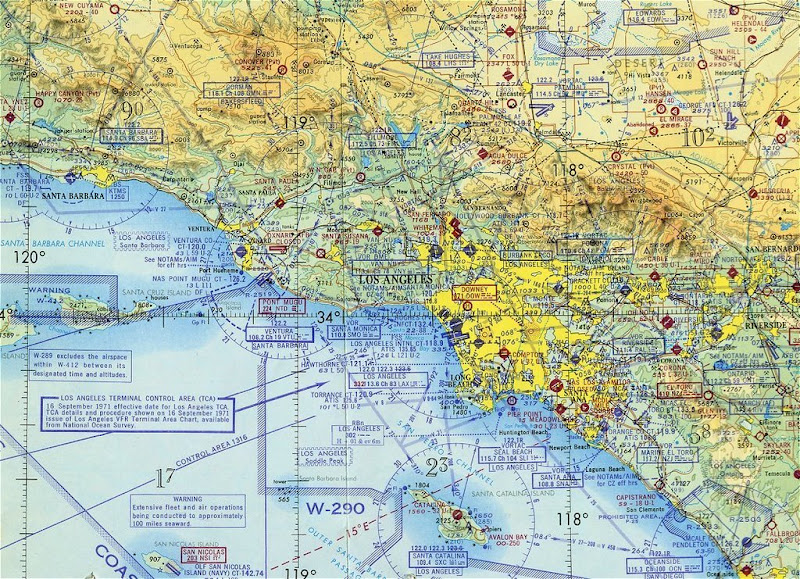ujocka
Filing Flight Plan
Just wondering if some of the seasoned pilots (aka old dudes) on here can remember any of the old regs they used to have to abide by that were changed many moons ago. I'm only 41 so my flying stories only go back to the mid/late nineties when complex didn't require the a/c to have retract, constant speed prop and flaps, and solo time didn't count as PIC as a student pilot.
I'd like to walk down memory lane and get some enlightenment on how it was before I was.
I'd like to walk down memory lane and get some enlightenment on how it was before I was.


